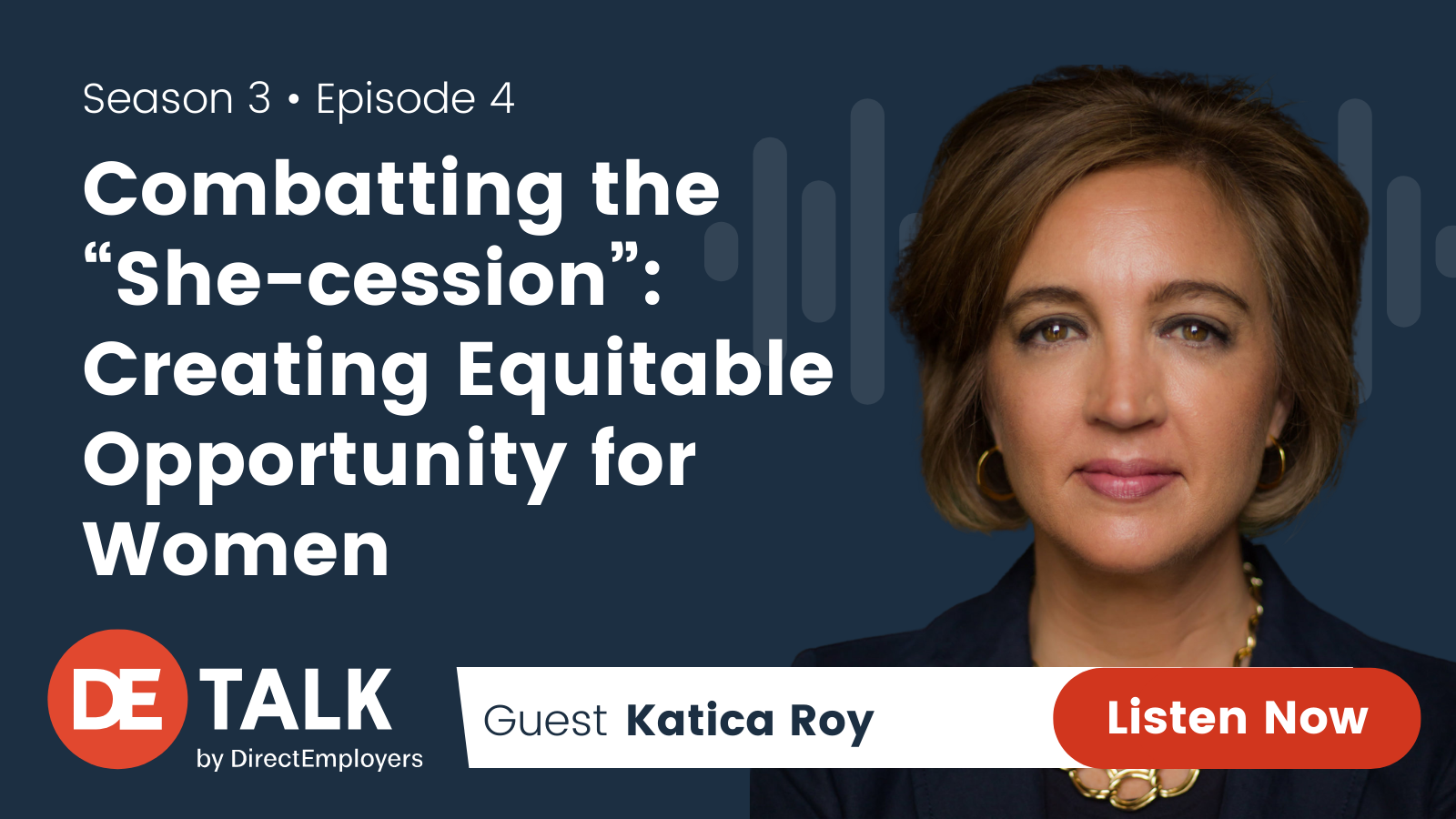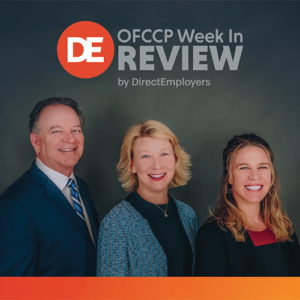
- USDOL Seeks Apprenticeship Ambassadors & Public Discussion on Diversity
- Renewed Call for Transgender Rights and Dignity as Deaths Due to Protected Status Rise to Deadliest Year on Record
- Private Employers Forced to Remain on Their Toes as Changes to COVID-19 Vaccine Mandates are Occurring Daily/OSHA Suspended Its Own Emergency Temporary Standard
- A White House in Disarray Realizes Its Error in Federal Contractor Vaccination and Mask Mandate: Now Attempts “Hail Mary Pass” to OMB to Save It
- National Labor Exchange Hits 4 Million Daily Job Postings While NASWA Secures Funds to Mine the Data
- The “She-cession” – What Is It and How Do We Combat It?
- EEOC’s Annual Financial Report Shows Year-Over-Year Consistency
- USDOL, NLRB, and EEOC Discuss Ending Retaliation in The Workplace
- EEOC’s COVID-19 Technical Assistance Guide Updated to Include Retaliation Information
- New Executive Order Looks to Keep Employees Working When Federal Contracts Change Hands
Monday, November 15, 2021: USDOL Seeks Apprenticeship Ambassadors & Public Discussion on Diversity
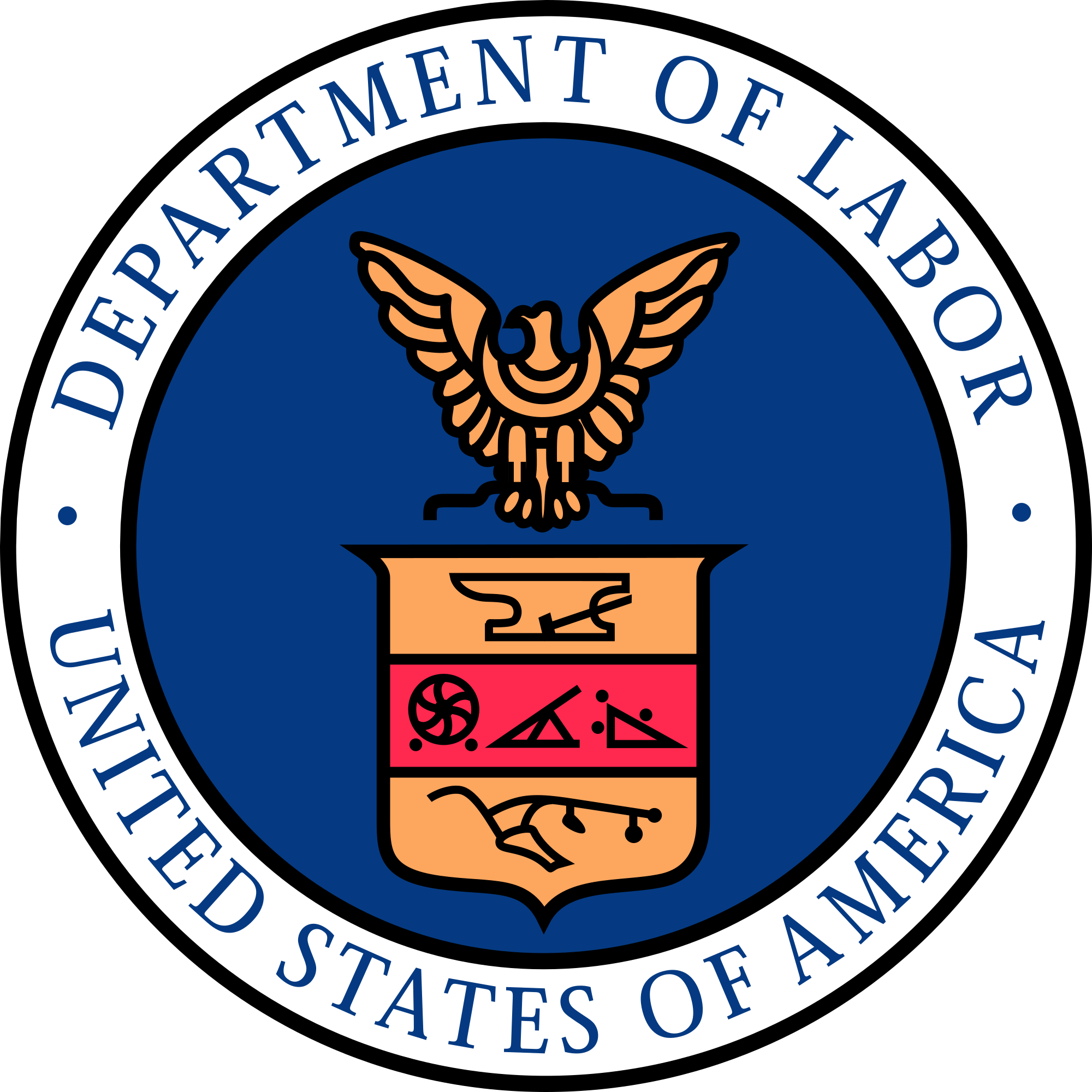
President Biden kicked off the event with a Presidential Proclamation reiterating his Administration’s strong support of the Registered Apprenticeship Program (as opposed to the Trump Administration’s support of Industry-Recognized Apprenticeship Programs – see last weeks’ WIR when we explained how Industry-Recognized Apprenticeship Programs are on the chopping block).
New this year, U.S. Secretary of Labor Marty Walsh announced the establishment of an Apprenticeship Ambassador Initiative. Selected ambassadors will partner with the Department’s Office of Apprenticeship and serve as champions to expand, diversify, and modernize Registered Apprenticeships.
The Department also kicked off a National Online Dialogue on Increasing Diversity, Equity, Inclusion, and Accessibility in Apprenticeships. This event is co-hosted by the following:
- Employment and Training Administration (ETA),
- Office of Disability Employment Policy (ODEP),
- Office of Federal Contract Compliance Programs (OFCCP),
- Veterans’ Employment and Training Service (VETS),
- Wage and Hour Division (WHD), and
- Women’s Bureau
The discussion will close on November 29, 2021.
In addition, Secretary Walsh and Switzerland’s President Guy Parmelin signed a memorandum of understanding to expand apprenticeships among Swiss companies and Swiss-invested companies in the U.S. and promote job creation in both countries. Swiss companies actively invest in U.S. manufacturing and directly support more than 500,000 U.S. jobs, with an average annual salary of $101,800.
Monday, November 15, 2021: Renewed Call for Transgender Rights and Dignity as Deaths Due to Protected Status Rise to Deadliest Year on Record
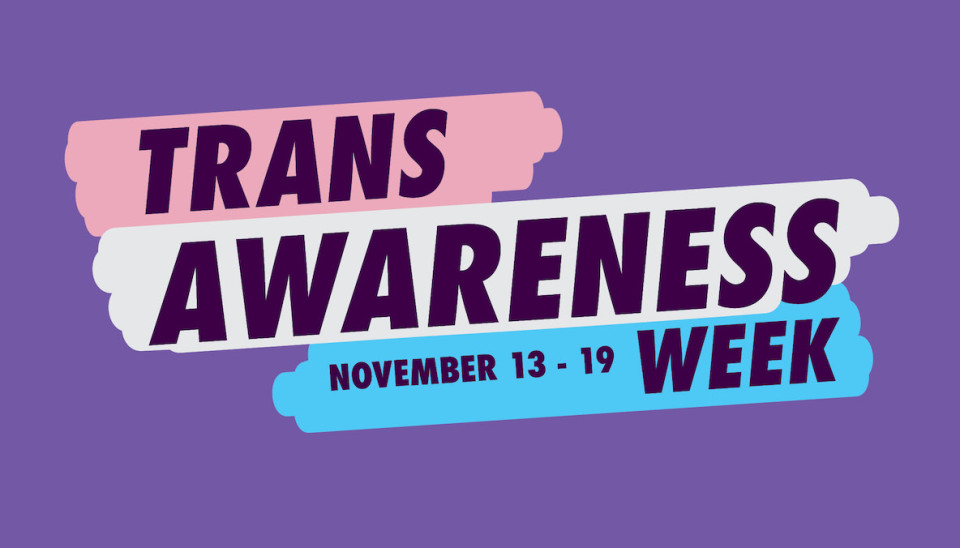
In March of 2021, President Biden became the first President to recognize Transgender Day of Visibility, calling upon all individuals to fight for full equality for all transgender people. On day one of his Administration, he issued Executive Order 13988, Preventing and Combating Discrimination based on Gender Identity or Sexual Orientation. In that Executive Order, President Biden stated:
“Discrimination on the basis of gender identity or sexual orientation manifests differently for different individuals, and it often overlaps with other forms of prohibited discrimination, including discrimination on the basis of race or disability. For example, transgender Black Americans face unconscionably high levels of workplace discrimination, homelessness, and violence, including fatal violence. It is the policy of my Administration to prevent and combat discrimination on the basis of gender identity or sexual orientation and to fully enforce Title VII and other laws that prohibit discrimination on the basis of gender identity or sexual orientation. It is also the policy of my Administration to address overlapping forms of discrimination.”
The Office of Federal Contract Compliance Programs (OFCCP) released a “Stakeholder Communication” reiterating its commitment to eliminating discrimination against transgender employees and promoting inclusive workplaces. The Agency announced it is exploring a method for voluntary self-identification to solicit and record information for people who have a non-binary gender identity.
OFCCP’s gender identity discrimination resources include:
Tuesday, November 16, 2021: Private Employers Forced to Remain on Their Toes as Changes to COVID-19 Vaccine Mandates are Occurring Daily/OSHA Suspended Its Own Emergency Temporary Standard
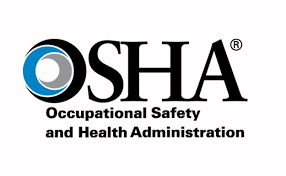
The Order of the United States Court of Appeals for the Fifth Circuit Staying the OSHA ETS Started a Complex Chain of Legal Events. First, as we reported last week, the Fifth Circuit Court of Appeals issued an order staying the federal Occupational Safety and Health Administration’s (OSHA’s) Emergency Temporary Standard (“ETS”) (which seeks to require private employers subject to the Occupational Safety and Health Act (“OSH Act”) and with 100 or more employees to compel their employees to either become fully vaccinated against COVID-19, or test them weekly, or terminate their employment.
Second, given the flurry of lawsuits against the OSHA ETS across all 12 Federal Circuit Courts of Appeal, OSHA was required, by law, to notify the Judicial Panel on Multidistrict Litigation (“Panel”) of the existence of multiple suits challenging the same agency order.
Third, as a result of that Notice, to preserve judicial resources, the Judicial Panel immediately exercised its authority pursuant to Panel Rules 25.1 through 25.6. The Judicial Panel then immediately made resort to a time-honored random method of selection and quickly selected the United States Court of Appeals for the Sixth Circuit (Cincinnati) to first consolidate and then hear all of the remaining lawsuits challenging the OSHA ETS. For those wondering what technological algorithm the Panel used to select the Sixth Circuit, the Panel conducted, as always by tradition, a lottery by drawing a ping pong ball from a spinning drum (no different than the mechanism used in any local Bingo Hall in America).
Fourth, the next step will be for the Sixth Circuit to consolidate all of the pending (and any future) Complaints attacking the OSHA ETS in the Sixth Circuit collection of Complaints all proceeding under one caption.
Fifth, once the Sixth Circuit has received all the Complaints and docketed them, it will appoint a lead trial counsel to be the representative of the many lawyers and law firms representing the hundreds of litigants challenging the OSHA ETS.
Sixth, once all the procedural niceties are out of the way, the full bench of the Sixth Circuit sitting en banc (i.e., the full court, currently made up of 11 judges Republican presidents have appointed and five judges Democrat presidents have appointed) will decide what kind of briefing and argument (if any) the Sixth Circuit wants and on what schedule. That briefing will include whether to uphold or lift the Fifth Circuit’s order staying the rule.
Seventh, in a fashion the Sixth Circuit will identify, it will then proceed to decide the issues raised in all of the Complaints and issue an Order as to the validity of the OSHA ETS. Parties whose claims were consolidated into the action before the Sixth Circuit may petition to transfer their particular case to another circuit. As of this writing, no parties had petitioned to transfer. (Too soon).
OSHA Suspended Its ETS on Its Own Initiative: Finally, later on November 16th, OSHA itself announced (via an unpublicized and undated page suddenly appearing on its website) that it would suspend implementation and enforcement of its ETS pending future developments in litigation. While noting it remained “confident in its authority to protect workers in emergencies,” OSHA noted its action was a result of the Fifth Circuit’s order that OSHA “…take no steps to implement or enforce the ETS until further court order.” For now, OSHA’s announcement alerts private employers with 100 or more employees that they no longer face compliance requirements associated with the ETS until such time as the pending litigation reinstates the ETS, if it does. Thus, private employers now have some breathing room as to the ETS’ (now) January 4, 2022 deadline (as delayed) to implement a vaccine mandate program.
OSHA Has Not and Will Not Suspend the Public Comment Period on its ETS Which Remains in Progress. So, if you want to comment on the ETS, you must do so on the original comment schedule OSHA originally published. OSHA made that clear on its undated website page (which appeared on November 16, 2021) announcing the suspension of its ETS:
“Written comments on any aspect of the ETS must be submitted by December 6, 2021 in Docket number OSHA-2021-0007. Written comments on the information collection determination as described in V.K. of the ETS preamble [2021-23643] must be submitted by January 4, 2022 in Docket number OSHA-2021-0008.”
On November 17, 2021, Secretary of Labor Marty Walsh’s Lawyers Got Nervous and Put Him Up to Signing a “Ratification” of the OSHA ETS. Fearful they might have opened up a channel of procedural attack on the OSHA ETS since the Secretary had not originally signed the important OSHA ETS and USDOL had NOT published the ratification in the Federal Register, USDOL did an “about face” and suddenly published in the Federal Register a notification of the Secretary of Labor’s ratification of the OSHA ETS.
Background: On November 12, 2021, the Secretary of Labor ratified the November 5, 2021 interim final rule codifying the OSHA ETS. See Interim Final Rule, COVID-19 Vaccination and Testing; Emergency Temporary Standard (November 5, 2021). Here is USDOL’s official rationale (otherwise known in the vernacular in legal circles as “covering your butt”) for publishing the Secretary’s “Ratification” of the OSHA ETS in the Federal Register:
“The Department is now publishing the ratification in the Federal Register out of an abundance of caution. Neither the ratification nor the publication is a statement that the ratified action would be invalid absent the ratification, whether published or otherwise.”
Expect to Likely See Other Courts Soon Enjoin All Other Vaccine Mandates. While OSHA’s announcement applies only to its ETS applicable to private employers subject to the OSH Act and which employ 100 or more employees, those employers subject to the remaining vaccine mandate Guidances and Rule various other components of the Biden Administration have issued may soon find themselves in a similar situation. Specifically, the legal arguments the Fifth Circuit adopted in its Order staying the OSHA ETS are similar to those made in lawsuits against the various other mandates. Federal contractors and healthcare facilities in receipt of Medicare and Medicaid funds may thus soon find courts striking down the Safer Federal Workforce Task Force COVID-19 Workplace Safety Guidance and the Centers for Medicare & Medicaid Services’ Interim Final Rule on similar legal grounds.
This is especially probable given the procedural failures (i.e., lack of public Notice and Comment) which burden the Biden Administration’s Guidance and Interim Final Rule. These procedural failures are more clear cut and egregious than the claimed legal frailties of the OSHA ETS (which we initially discussed here). Additionally, many of the suits against the Task Force’s Guidance and against the CMS’ Interim Final Rule are in courts similar in judicial philosophy to that of the Fifth Circuit. These include lawsuits in the Eastern District of Missouri, the Southern District of Florida, and the Southern District of Texas (which itself sits within the jurisdiction of the Fifth Circuit).
Thus, the one takeaway from the court decisions is the realization that a private employer’s own mandates, not mandated by the federal government, remain the most legally permissible means by which employers may compel vaccinations of its employees.
Tuesday, November 16, 2021: A White House in Disarray Realizes Its Error in Federal Contractor Vaccination and Mask Mandate: Now Attempts “Hail Mary Pass” to OMB to Save It
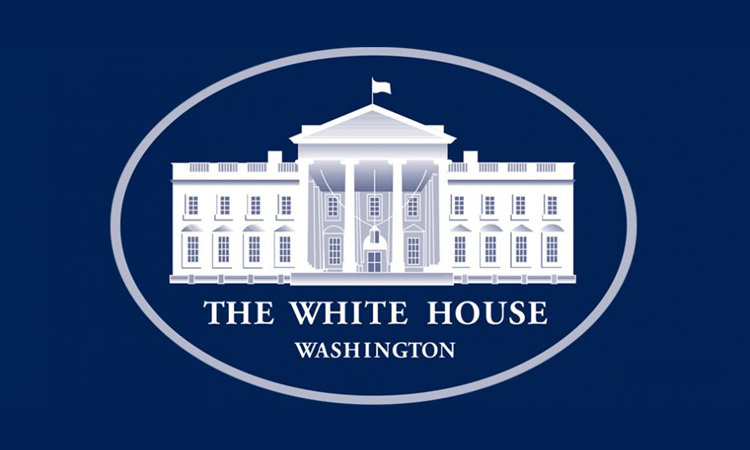
[Editor’s Note: The White House has now realized that its rash act to have the President order federal contractors and subcontractors to comply with a mandatory vaccination and mask mandate was unenforceable for the reasons we noted in a September 9, 2021 WIR story and Blog reporting on Executive Order 14042.]
Background: President Biden’s September 9, 2021 Executive Order 14042 initially threw responsibility to order federal contractors to cause their employees to be vaccinated and masked or be terminated (the “mandate”) directly to the Safer Federal Workforce Task Force (the “Task Force,” composed of the White House Covid-19 Response Team, the Government Services Administration, and the Office of Personnel Management). The President had originally established the Task Force on Inauguration Day (January 20, 2021) to drive vaccination distribution and promote the adoption of masks. Now, the White House has pivoted in the face of the many lawsuits challenging the September 9, 2021 federal contractor mandate with OMB suddenly reporting that the President has instead now “delegated” responsibility to it to exercise what OMB asserts is its authority to take “emergency” action as to federal contractors.
The legal problems remain, however, that the President has no inherent legal authority to act and thus no authority to delegate to OMB. Moreover, the delay of over eight months to enact a vaccination mandate belies the declaration of an “emergency,” even if the President were to be found to have the legal authority to act and also acted in the proper way (via Rulemaking). Moreover, the recent political decision (relayed astonishingly via a mere White House Press Release) to delay to January 4, 2022 (for the “jab”) and January 18, 2022 (for “full vaccination,” whatever that may eventually be defined to mean) shatters any sense of an “emergency” which could obviate the need for proper Rulemaking. Regardless whether you favor or disfavor the mandate, one can only nonetheless marvel at the lack of formality and helter-skelter decision-making which has brought the White House to this awkward and uncertain point as to federal contractors.
The New OMB Notice of Determination
The Notice consists of three parts.
-
- Revised Guidance from the Task Force (see last week’s WIR “Federal Contractor Guidance Updated to Include New Fully Vaccinated Deadline.”
- An economic analysis of the COVID-19-workplace safety protocols in the Guidance and the effect on economy and efficiency in Federal procurement.
The Notice asserts that the analysis “is based on OMB’s subject matter expertise and OMB’s review and analysis of the academic literature on interventions to prevent the spread of COVID-19” and includes five subsections:
- COVID-19 Infection Imposes Significant Costs on Contractors and the Federal Government
- COVID-19 Vaccination Reduces Net Costs
- Masking and Physical Distancing Reduces Net Costs
- Conclusion
- References
- Procedural requirements.
In this section, the OMB Acting Director justifies her decision and addresses some of the legal challenges critics have put forward in various recent lawsuits (see last week’s WIR) when we broke down the list of lawsuits challenging President Biden’s COVID-19 vaccination mandates).
-
-
- Regarding the Public Contract Requirements Under Public Law 111-350 (specifically the notice-and-comment and delayed-effective-date requirements):
“I am making my determination pursuant to a Presidential delegation under 3 U.S.C. 301. That determination is therefore not subject to the procedural requirements of Public Law 111-350, codified at 41 U.S.C. 1707…there are urgent and compelling circumstances that justify departing from the notice-and-comment and delayed-effective-date requirements in 41 U.S.C. 1707.”
The requirements “may be waived by the officer authorized to issue a procurement policy, regulation, procedure, or form if urgent and compelling circumstances make compliance with the requirements impracticable.”
- Regarding the Public Contract Requirements Under Public Law 111-350 (specifically the notice-and-comment and delayed-effective-date requirements):
-
-
-
- Regarding the Administrative Procedure Act:
“My determination is not subject to the procedural rulemaking requirements of the Administrative Procedure Act (APA). As noted above, this determination is pursuant to a delegation from the President under 3 U.S.C. 301. When any agency acts pursuant to such a delegation, the agency “stands in the President’s shoes,” and its actions “cannot be subject to judicial review under the APA.” [citation omitted]
- Regarding the Administrative Procedure Act:
-
Nonetheless, even while asserting that OMB neither has a legal duty to provide Notice and Comment nor has time at any rate for such comments, OMB has now published this Request for Comments which must be received on or before December 16, 2021.
Editor’s Note: As the above quotation and the original Biden delegation of the vaccination mandate to the “Safer Federal Workforce Task Force” (emphasis supplied) infers, The Biden White House imagines federal contractor employees to be just another form of federal employee. As a result, senior White House advisers mis-think and believe the President may simply order federal contractors about with the informality and absolute power as though they were servants in the White House. This ignores long established SCOTUS law that a federal contract is a property right and cannot be altered or changed with a mere wave of the scepter. Wisdom late is better than wisdom never. The White House senior staff is slowly learning federal administrative law, however begrudgingly.
Tuesday, November 16, 2021: National Labor Exchange Hits 4 Million Daily Job Postings While NASWA Secures Funds to Mine the Data
 National Labor Exchange Update
National Labor Exchange Update
NASWA and DirectEmployers Association just reached a significant milestone of 4 million active daily job postings on the National Labor Exchange (NLx)! The NLx reached a goal of 3 million active daily job postings in August 2021 and has exceeded expectations by adding an additional 1 million jobs in less than six months. These exciting milestones contribute to the existing 140 million jobs posted by the NLx since 2007.
The NLx is the premier national labor exchange for the United States, making millions of authentic jobs available each day from hundreds of thousands of employers in varying industries and sizes. The mission of the NLx is to provide the most accurate and comprehensive collection of authentic, online job openings at no additional cost to state workforce agencies and employers.
The NLx is possible from the partnership of DirectEmployers Association and NASWA.
Mining the National Labor Exchange Jobs Data
The Bill & Melinda Gates Foundation awarded the National Association of State Workforce Agencies (NASWA) a $1.5 million grant to help workforce agencies develop multi-state data collaboratives and more timely labor market and workforce information.
Among other things, the funds will accelerate NASWA’s work in launching the National Labor Exchange (NLx) Research Hub to develop more timely access and functionality for jobs data from the NLx. The NLx Research Hub will make real-time job vacancy information a public utility for the first time, broadening opportunities for research, analytics, and product development. Several state workforce agencies will pilot integrations between the NLx job posting data and traditional labor market information sources through this investment.
Tuesday, November 16, 2021: The “She-cession” – What Is It and How Do We Combat It?
The pandemic changed the U.S. workforce virtually overnight. More than a year later, its impact lingers on, continuing to drive more women out of the workforce. Although tagged the “She-cession,” this mass exodus of women from the workforce is undeniable. Decades worth of slow progress made by women to catch up to the employment percentages of men in the workforce evaporated in just one year. The question now lingers: how many women will return to work? And how does the drop-out of so many women threaten our economic recovery?
DirectEmployers turned to gender economist Katica Roy, CEO and Founder of Pipeline to learn more and tackle these tough questions. In episode four of the DE Talk Podcast, Katica shares the setbacks women’s labor force participation has experienced and how equitable skilling and opportunity in the workforce can aid in providing a way for the 2.6 million women to return to the workforce.
Listen in now to “Combatting the “She-cession”: Creating Equitable Opportunity for Women.”
Tuesday, November 16, 2021: EEOC’s Annual Financial Report Shows Year-Over-Year Consistency

The Agency secured more than $484 million in recoveries, which is in line with historical levels despite the pandemic. Additional accomplishments include:
- internally filling approximately 450 positions, ending the year with more than 2,100 employees,
- EDITOR’S NOTE: This appears to be substantially more than the 1,979 FTE employees the EEOC employed in FY2021 (according to the EEOC’s FY2022 Congressional Budget Justification) which should have been the EEOC’s ceiling in this Fiscal Year (2022) as a result of the Continuing Budget Resolution currently in effect (until December 3, 2021) which kept agency funding at the prior Fiscal Year’s level
- conducting more than 2,300 outreach events, including over 300 COVID-19 related events,
- holding its first-ever public hearing by video conference watched by over 2,000 members of the public, addressing the civil rights impacts of COVID-19 in the workplace, and
- issuing new and updated technical assistance regarding COVID-19, vaccinations, and reasonable accommodations.
Investigations and litigation accomplishments include:
- securing more than $350 million and other relief for victims of employment discrimination,
- resolving 138 lawsuits and obtaining $34 million in monetary relief as a direct result of litigation resolutions, including 21 lawsuits alleging race or national origin discrimination for approximately $15 million and ten compensation discrimination cases for roughly $1 million, and
- resolving more than 26 systemic lawsuits and over 340 systemic investigations on the merits and obtaining over $46 million in benefits for individuals.
Wednesday, November 17, 2021: USDOL, NLRB, and EEOC Discuss Ending Retaliation in The Workplace
As we reported last week, the U.S. Department of Labor (USDOL), the National Labor Relations Board (NLRB), and the Equal Employment Opportunity Commission (EEOC) have joined forces on the “Bully Pulpit” to seek to educate the public and discuss with employers how to end retaliation in the workplace.
During a live discussion, leaders from each Agency discussed recent retaliation investigations with shocking examples of the various forms of retaliation employees have reported (it is not known if these anecdotes are true). Common threats or actual acts include:
- termination,
- negative reference checks,
- contacting the Immigration & Customs Enforcement Agency (ICE),
- harm to the employee(s) or family members, and
- blacklisting (telling other companies or unions not to employ the individual(s).)
According to the panelists, some of the “red flags” that retaliation is or may be occurring are:
- preventing an employee from talking to an investigator,
- insisting that the employer is in an investigatory meeting,
- clear evidence that an employee has been coached on what to say to an investigator,
- a sudden reversal of an employee’s willingness to be interviewed, and
- changes in employee records (i.e., a complaining employee suddenly isn’t on a payroll record).
Retaliation continues to be the most common complaint from employees. The fear of retaliation remains the main reason employees don’t come forward to address workplace concerns. Although each Agency was quick to note that most employers are “good,” there are “bad” ones out there. The group hopes that by conducting outreach, such as this dialogue, they can help prevent retaliation.
Also, note the story below reporting the new retaliation FAQs in EEOC’s COVID-19 Technical Assistance Guide.
Wednesday, November 17, 2021: EEOC’s COVID-19 Technical Assistance Guide Updated to Include Retaliation Information

The new information explains and clarifies the rights of employees and job applicants who believe they have suffered retaliation for protected activities under the Americans with Disabilities Act (ADA), Title VII of the Civil Rights Act, or other employment discrimination laws. The Guide explains how the EEOC balances these rights against the need of employers to enforce bona fide COVID-19 health and safety protocols.
The new section, “Retaliation and Interference” (the ADA prohibits not only retaliation for protected EEO activity but also “interference” with an individual’s exercise of ADA rights), includes the questions below. We have abbreviated the answers; please see the Guide for the full EEOC Answers and additional clarifications and examples.
1. Do job applicants and employees (including former employees) have protections from retaliation for exercising equal employment opportunity (EEO) rights in connection with COVID-19?
Shortened answer: Yes.
2. What are some examples of employee activities that are protected from employer retaliation?
Shortened answer:
- Filing a charge, complaint, or lawsuit, regardless of whether the underlying discrimination allegation is successful or timely;
- Reporting alleged EEO violations to a supervisor or answering questions during an employer investigation of the alleged harassment;
- Resisting harassment, intervening to protect coworkers from harassment or refusing to follow orders that would result in discrimination.
- Requesting accommodation of a disability (potentially including a pregnancy-related medical condition) or a religious belief, practice, or observance regardless of whether the request is granted or denied.
3. Who is protected from retaliation?
Full answer: Retaliation protections apply to current employees, whether they are full-time, part-time, probationary, seasonal, or temporary. Retaliation protections also apply to job applicants and to former employees (such as when an employer provides a job reference). In addition, these protections apply regardless of an applicant’s or employee’s citizenship or work authorization status.
4. When do retaliation protections apply?
Shortened answer: Participating in an EEO complaint process is protected from retaliation under all circumstances.
5. When is an employer action based on an employee’s EEO activity serious enough to be unlawful retaliation?
Shortened answer: Retaliation includes any employer action in response to EEO activity that could deter a reasonable person from engaging in protected EEO activity.
6. Does this mean that an employer can never take action against someone who has engaged in EEO activity?
Shortened answer: No.
7. Does the law provide any additional protections to safeguard ADA rights?
Shortened answer: Yes.
Thursday, November 18, 2021: New Executive Order Looks to Keep Employees Working When Federal Contracts Change Hands

The Requirement
This EO requires that service contracts and subcontracts that succeed a contract for performance of the same or similar work, and solicitations for such contracts and subcontracts, include a specific clause (see the EO for the whole verbiage) that requires contractors to:
…offer service employees employed under the predecessor contract and its subcontracts whose employment would be terminated as a result of the award of the new contract or the expiration of the contract under which the employees were hired, a right of first refusal of employment under the contract in positions for which those employees are qualified.
The EO does not require the new contractor or subcontractor to offer a right of first refusal to any employee(s) of the predecessor contractor who are not service employees (defined) or to employees the contractor believes, based on reliable evidence of the particular employees’ past performance, that there would be just cause to discharge the employee(s) if employed by the contractor or any subcontractors.
The Effective Date
This EO applies to solicitations issued on or after the effective date of the final regulations issued by the FAR Council (still to come). For solicitations issued between the date of this Order and the date of the action taken by the FAR Council, or solicitations that have already been issued and are outstanding as of the date of this order, agencies are “strongly encouraged” to include in the relevant solicitation the contract clause.
THIS COLUMN IS MEANT TO ASSIST IN A GENERAL UNDERSTANDING OF THE CURRENT LAW AND PRACTICE RELATING TO OFCCP. IT IS NOT TO BE REGARDED AS LEGAL ADVICE. COMPANIES OR INDIVIDUALS WITH PARTICULAR QUESTIONS SHOULD SEEK ADVICE OF COUNSEL.
SUBSCRIBE.
Compliance Alerts
Compliance Tips
Week In Review (WIR)
Subscribe to receive alerts, news and updates on all things related to OFCCP compliance as it applies to federal contractors.
OFCCP Compliance Text Alerts
Get OFCCP compliance alerts on your cell phone. Text the word compliance to 55678 and confirm your subscription. Provider message and data rates may apply.

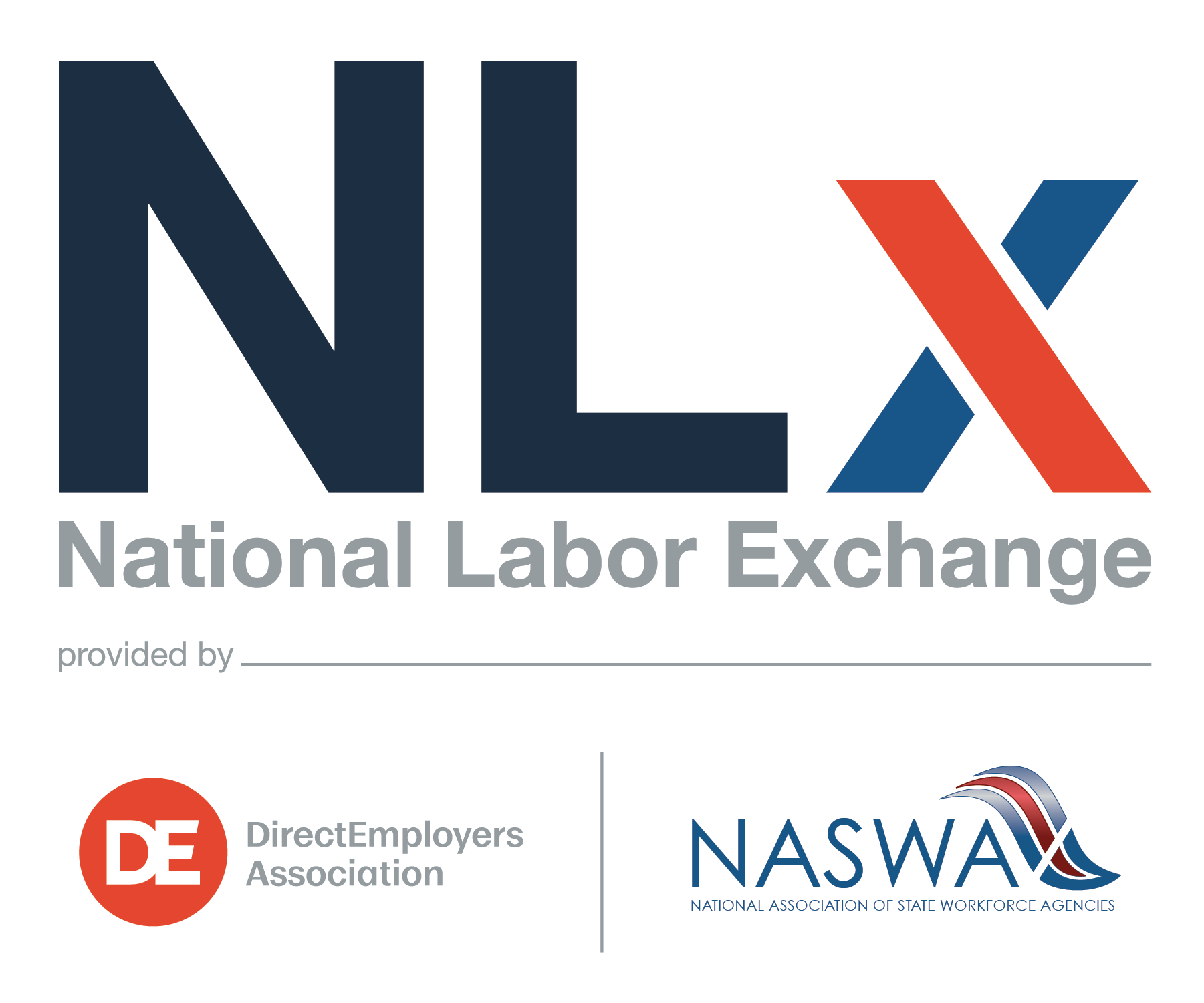 National Labor Exchange Update
National Labor Exchange Update